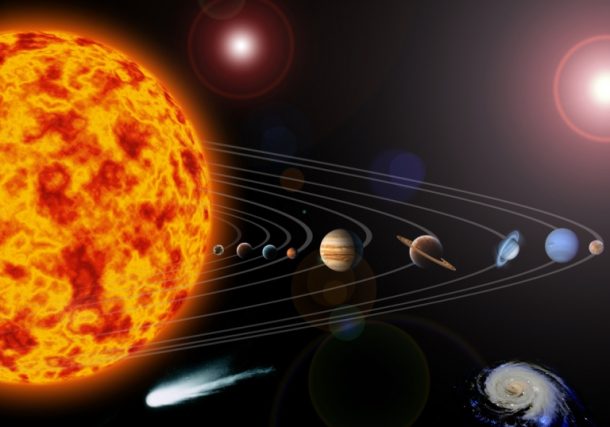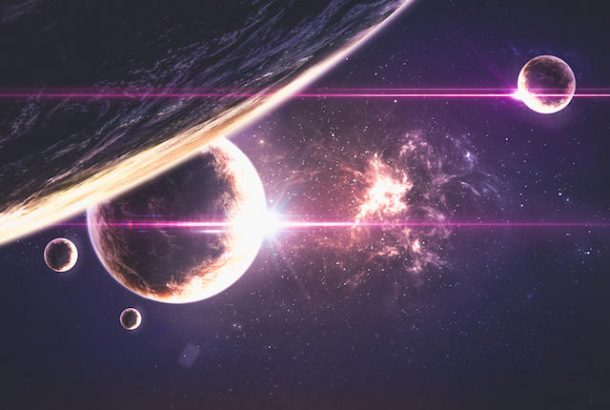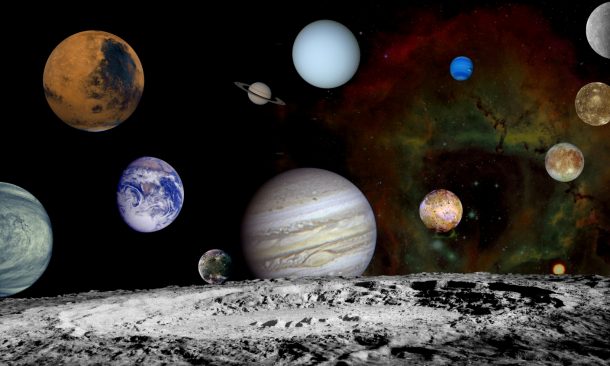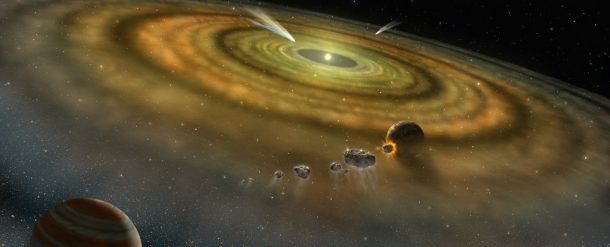One of the criteria defined by the astronomers to identify a planet is its spherical shape. A planet is set apart from the other irregularly shaped astronomical bodies by its spherical, perfectly round shape. This is precisely why a new category called the ‘dwarf planet’ was introduced when Pluto was demoted from the status of a planet. Pluto resembled the planets too much to be named otherwise.

The big question that: Why are the planets Round? Why didn’t they take any other shape?
The answer to these questions can be summed up in one word: Gravity!
Planet formation is the result of clumping of the material in space to form a larger body under the influence of its gravitational pull. As the body mass reaches a critical point, the gravitational force overcomes the structural properties of the composite materials and thus, they begin to deform.

The gravitational centre of the body attracts rocks, gases, etc. and ultimately, the material is transformed into the simplest shape that can meet or discharge all the forces acting upon it: A sphere!
The formation of a spherical planet takes a long time. The gravitational centre becomes the new physical centre of the planet. Only the bodies that assume a large enough spherical mass are placed under the category of the planets.

Apart from Pluto, other large spherical bodies in the space include the moons of Earth as well Pluto (Charon). A dwarf planet in the asteroid belt, named Ceres is also spherical in shape. If all of these bodies were planets, then we would have treated the Earth and the Moon as a binary planet system.
This is why the category of the ‘dwarf planet’ was introduced. All spherical bodies in the space that are not sufficiently large to establish gravitational dominance in their orbital region are placed under this category. Moon is influenced by the Earth and Charon by Pluto. The objects of the Kuiper Belt are in the vicinity of Pluto while Ceres has failed to cast the asteroids away.

Most bodies assume a spherical shape at a radius of nearly 200-300 kilometres. This range is called the Potato Radius because at this radius, the bodies begin to lose their potato shape. And that is why planets are all in round shape!


